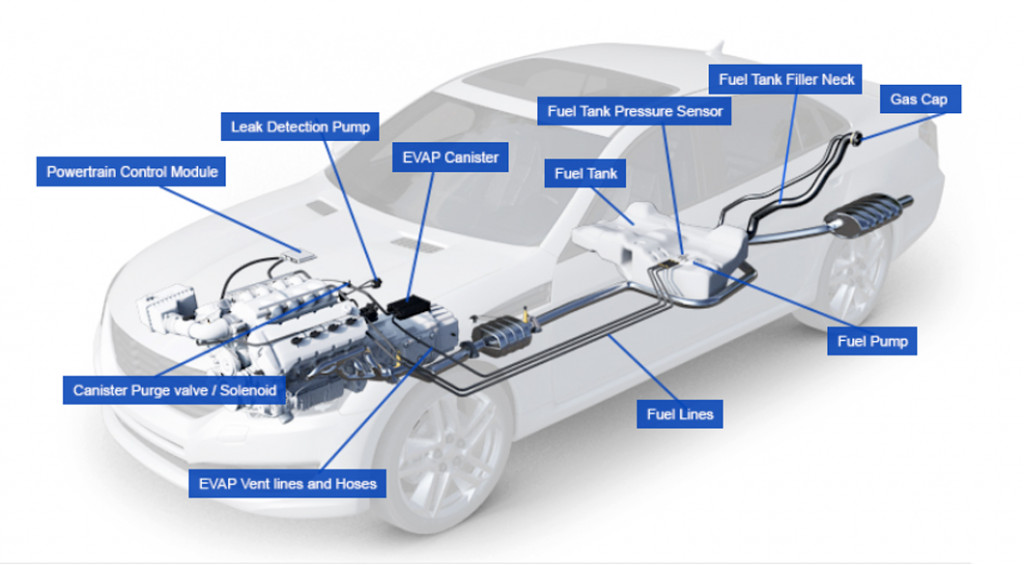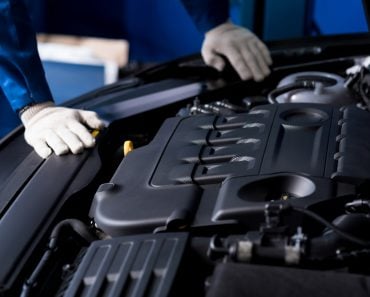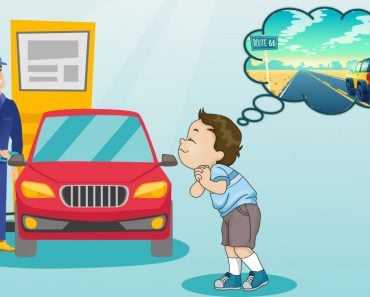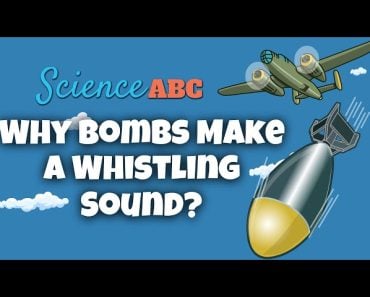Gas tanks make farting sounds when their intake manifold vacuum causes air to be drawn into the fuel tank in a throttled flow.
Farts are not restricted to humans and animals alone. Did you know that even fuel tanks in your car can fart? Perhaps it’s ‘relieving’ to see that we’re not alone!
Recommended Video for you:
What Are Fuel Tank Farts?
Before we go any further into the subject, perhaps you should hear one of these “farts” for yourself…
Experiencing strange noises from your car’s fuel filler can be quite unnerving. This is because the fuel filler is where an explosive fluid is stored, and explosions are unpredictable and dangerous. These noises are caused by air attempting to fill the vacuum in the car’s fuel system, which can trigger fault lights to come on.
Due to gasoline’s volatile nature, gasoline engines are the only ones that experience these gaseous emissions.
Let’s look at the car’s evaporative emissions system to better understand this phenomenon.
What Is An Evaporative Emissions System?

It’s important to note that exhaust emissions aren’t the only cause of concern when dealing with volatile fuels like gasoline. Unburnt gasoline vapor can also leak out from the fuel tank, even when the engine is not functioning, which can be a source of pollution. To prevent this, cars have an evaporative emissions or EVAP system built into the fuel lines that deliver to the engine. This system ensures that no harmful gasoline fumes leak into the environment.
1. EVAP Canister
Even when the car is off, petrol vaporizes in the fuel tank due to its volatile nature. These petrol fumes are arrested by a box of activated charcoal along the fuel lines, between the intake manifold and the fuel tank. This box, known as the EVAP canister, is also equipped with valves to release these fumes into the intake manifold.
2. Purge Valve / Solenoid
The purge valve is an electronically actuated mechanical contraption that isolates the manifold vacuum from the EVAP canister.

When the vehicle is on, the solenoid opens the valve to release stored fumes into the intake. It can often get clogged up due to fuel additives or debris gumming up, causing it to stay held in partially open states, leaking fumes into other parts along the fuel lines.
3. Fuel Filler

The fuel filler port is an essential component of the fueling and EVAP systems. Its primary function is to fill the car with fuel and prevent fuel vapor from escaping into the atmosphere. While we are familiar with the traditional screw-on fuel filler caps, modern designs have evolved to become cap-less. This is achieved by incorporating a spring-loaded door that opens only in one direction during refueling and remains securely sealed against an O-ring at all other times to prevent fuel leaks.
What Causes The Fuel Tank To Make Farting Sounds?
The vacuum in the engine intake manifold is the culprit at the heart of this gassy discussion. The intake manifold is a series of pipes that convey the air-fuel mixture into the engine body to combust and generate power.
Here’s a small experiment that you can try for yourself. Take a syringe and safely remove its needle. Now, plug the mouth of the syringe with the tip of your finger and try to pull the plunger back. You will notice that a vacuum is created, and the skin of your finger will be pulled further down the mouth.
A very similar situation is encountered in the intake manifold when there is no supply of combustible charge, even though the pistons keep moving.
When we let off the gas pedal, there is no flow of air-fuel mixture into the intake manifold. However, the pistons continue to move, causing a vacuum to build up in the intake manifold.

Sometimes, the purge valve may remain open or get stuck, even though the car has been switched off. The vacuum will then travel through the fuel lines right to the fuel filler and cause air to be drawn in. As cap-less fuel fillers are spring-loaded, they tend to resist this drawing in of air, resulting in the throttling of airflow into the tank. This is perceived as a farting sound and can be unsettling to many people.
What Can Be Done To Prevent Gas Tanks From Farting?
Many modern cars come with cap-less fillers that can create a farting sound when air enters the system. To address this issue, the car may have a funnel to help fill up from places other than the gas station, such as a jerry can or siphon pipe. The funnel will bring air into the system when inserted into the filler port, which equalizes the vacuum and eliminates the farting sounds.
However, it’s important to pay attention to the problem, as it may indicate other faults in the system, such as a defective purge solenoid or weak springs and O-rings at the fuel filler port. Most farting sounds occur only when the car is turned off, but if they occur while the car is running, it may suggest more serious issues that require professional maintenance or repair.

Most modern cars also have an on-board diagnostics (OBD) system that generates fault codes about recommended courses of action. Knowing the root cause of such problems goes a long way towards taking timely corrective measures without getting caught unaware… or simply assuming that your car has “bad gas”!
Last Updated By: Ashish Tiwari
References (click to expand)
- Reddy, S. (2012, September 10). Understanding and Designing Automotive Evaporative Emission Control Systems. SAE Technical Paper Series. SAE International.
- Mellios, G., Samaras, Z., Martini, G., Manfredi, U., McArragher, S., & Rose, K. (2009, August). A vehicle testing programme for calibration and validation of an evaporative emissions model. Fuel. Elsevier BV.
- A Study in Model Based Control of an Evaporative Emissions ....











